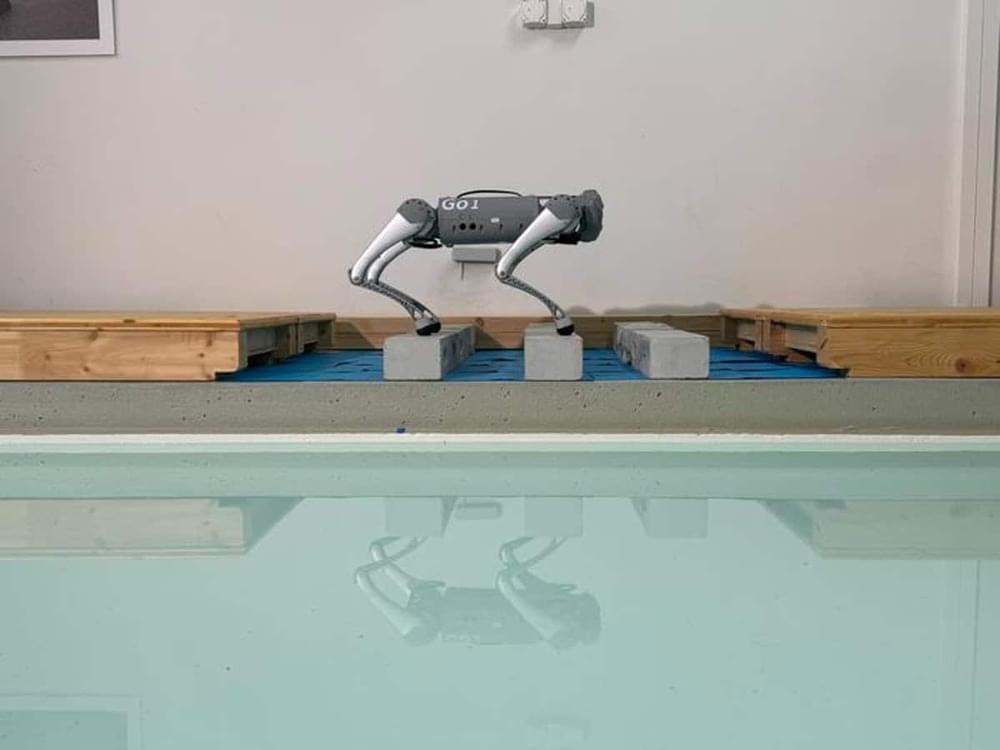May 1, 2024
Robot Masters Terrain with Animal-Like Gait Transitions
Posted by Shailesh Prasad in categories: biological, robotics/AI
Summary: Researchers leveraged deep reinforcement learning (DRL) to enable a robot to adaptively switch gaits, mimicking animal movements like trotting and pronking, to traverse complex terrains effectively. Their study explores the concept of viability—or fall prevention—as a primary motivator for such gait transitions, challenging previous beliefs that energy efficiency is the key driver.
This novel approach not only enhances the robot’s ability to handle challenging terrains but also provides deeper insights into animal locomotion. The team’s findings suggest that prioritizing fall prevention may lead to more agile and efficient robotic and biological movement across uneven surfaces.


















